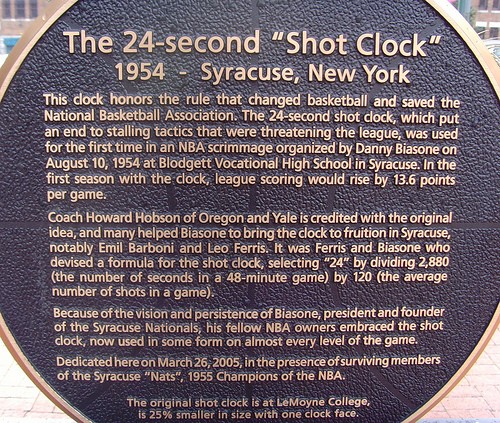I love watching a good basketball game, and one of my favorite local teams is the Syracuse Orangemen. If you go to a Syracuse home game, notice the shot clock – it was made with Indium Corporation solder. There are a lot of places you can see our products in your everyday life. That smart phone in your pocket, the electrical components in your car, the thermal interface in the computer in front of you. That’s one of the things that makes this job rewarding, being part of so many various applications.
In addition to learning about these different applications, we also get a good reference for what assembly trends are developing, and which material technologies are becoming more popular.
I’ve watched the halogen-free trend explode and fade, as it was adopted by some large OEMs and their contract manufacturers, but has not spread to most other companies. Another trend that is fading away from the spotlight is Pb-free die-attach solder, since the EU has not found a suitable replacement and has pushed back the exemption deadline.
A long-existing topic that has had recent mention is solder jetting. The trend towards soldering smaller components is not new or surprising, but for smaller components (01005s and 0201s) we have seen a trend towards dispensing instead of jetting – which seems to suit those applications.
For small component printing, transfer efficiency is critical. Outside of solder paste optimization, “nano-stencil” technology is an upcoming technology that may take-off and improve paste release characteristics. Solder paste is being used in some other creative ways too, like low temperature alloy dipping paste for rework operations. Manycompanies are now using or evaluating specialized solder applications to replace components without fully reflowing the rest of the components on the board.
All these applications are great ways that our customers are taking soldering technology to the next level, using materials and assembly methods that were not common before. I look forward to learning how you’d like to use solder in your application!


